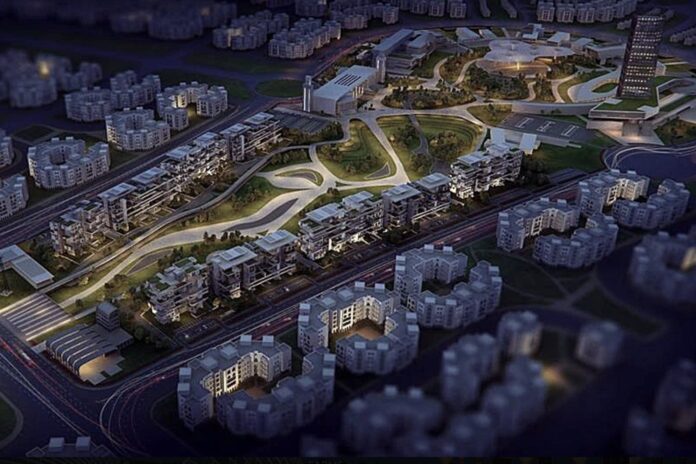Signed an MOU in Egypt and keeping on
The Etisalat Group (e&) and Ericsson have vowed to cut their calorie consumption and building sleeker networks that will sustain a longer healthier future. They cemented this pact by signing a Memorandum of Understanding (MoU) at the 27th Conference of the Parties of the UNFCCC (COP27) in Egypt. The three-year partnership aims to support the Net Zero strategies of both the telco and the equipment maker while exploring opportunities to cut carbon emissions and energy consumption. The companies will jointly host a series of knowledge-sharing sessions, sharing Ericsson’s global expertise in energy-efficient strategies, such as its Breaking the Energy Curve initiative.
Etisalat said it will use Ericsson’s sustainable products and services, while Ericsson’s Take-Back programme will help it recycle more responsibly and find new ways to collaborate over e-waste across the group’s network. The partnership is part of e&’s metamorphic business plans to turn Net Zero and underlines the importance of improving network energy performance, according to Sabri Ali Albreiki, Chief Technology Officer, e& international.
“We aim to accelerate the decarbonisation [with Ericsson’s] latest generation of energy efficient radio equipment and software features,” said Albreiki, “this agreement is part of e&’s broader commitment to reduce waste and achieve a sustainable low-carbon society.”
The Etisalat Group is the first UAE private sector member of the UAE Independent Climate Change Accelerators as part of the group’s participation at COP27. Being among other sustainable-focused thought-leaders reinforces e&’s strategic position as a driving force of the UAE’s commitment to reach net zero by 2050, it said.
Watch out for the sustainable 5G solutions, said Ekow Nelson, Vice President and Head of Global Customer Unit for e& at Ericsson Middle East and Africa. “Our intelligent RAN energy-saving software features, will reduce e&’s environmental footprint and manage the expected growth in data traffic using as little energy as possible,” said Nelson.



